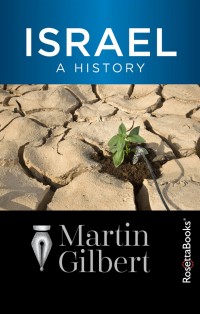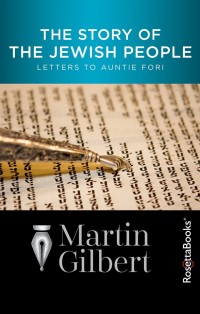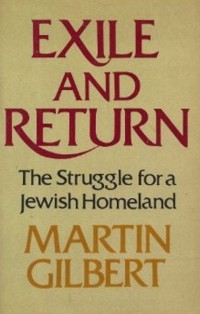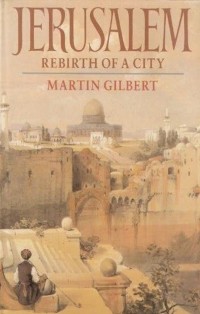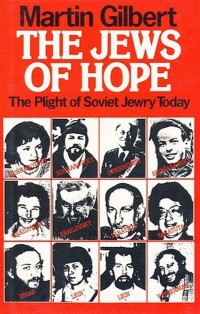During two millennia the Jews, dispersed all over the world, prayed for a return to Zion. Until the Nineteenth Century, that dream seemed a fantasy. Then a secular Zionist movement was born and soon the initial trickle of Jewish immigrants to Palestine turned into a flood as Jews fled persecution…
Read more about this book >>In Ishmael’s House: A History of Jews In Muslim Lands
The relationship between Jews and Muslims has been a flashpoint that affects stability in the Middle East and has consequences around the globe. Starting before the advent of Islam, this book shows how the Jews and Muslims interacted in all the lands – from Afghanistan to Morocco – that came…
Read more about this book >>The Story of Israel: From Theodor Herzl to the Dream for Peace
Rich in illustrations, facsimile documents, photos and maps depict Israel’s history from the first Zionist Congress in Basel in 1897 through the first decades of the Twenty-first Century. In addition to Sir Martin’s original choice of documents, new photos have been added to his authoritative text, all now beautifully printed…
Read more about this book >>Letters To Auntie Fori: The Story Of The Jewish People
“Auntie Fori wanted to learn the history of the people to whom she belonged, but from whom, sixty-seven years earlier she had moved away, to the heat and dust and challenges of India. I told her that as soon as I was back in Britain I would write to her,…
Read more about this book >>Jerusalem in the Twentieth Century
“When the Twentieth Century opened Jerusalem was a small provincial town of the Ottoman Empire, one of the towns furthest from the imperial capital, Constantinople. It had a population of only 70,000, of whom the majority, 45,000, were Jews, and 25,000 were Arabs. As the Twentieth Century draws to a…
Read more about this book >>The Routledge Atlas of Jewish History: Ninth Edition
A comprehensive map history of the Jewish people from Biblical times to the Twenty-first Century. Spanning more than four thousand years of history, this historical atlas presents a vivid picture of a fascinating people, and the trials and tribulations that have haunted the Jewish story, as well as Jewish achievements,…
Read more about this book >>The Routledge Atlas of the Arab-Israeli Conflict: Tenth Edition
The Arab -Israeli Conflict Atlas traces the tangled and sometimes bitter history of the Arab-Jewish struggle from the early Twentieth Century to the present. It also illustrates the current moves towards finding peace, and the efforts to bring the conflict to an end through negotiation and agreed boundaries. In 227…
Read more about this book >>The Routledge Historical Atlas of Jerusalem: Fourth Edition
A graphic history of the city of Jerusalem presenting the development of a remarkable city, the focal point of Jewish, Christian and Muslim sentiment, and the capital of the State of Israel. Sixty-nine maps track the city’s story from ancient times to the Israeli and Palestinian neighbourhoods of the present…
Read more about this book >>Exile and Return: The Struggle for a Jewish Homeland
In a compelling analysis of one of the most complex issues of the century – the establishment of the State of Israel – this book examines in a new and bold light the roots and rights of Jewish statehood. What are the historical justifications for a specifically Jewish State? What…
Read more about this book >>Jerusalem: Rebirth of a City
In 1838, Jerusalem was desolate and forsaken, a remote provincial town of the Ottoman Empire which pilgrims visited at their peril. By 1898, it had been transformed into a modern city in which six European powers – Russia, France, Britain, Germany, Austria-Hungary, and Italy – had each established their political…
Read more about this book >>From the Ends of the Earth: The Jews in the Twentieth Century
In a text interwoven with and illuminated by more than 400 fascinating photographs, many of them never before published or long forgotten, we meet the widely dispersed turn-of-the-century Jewish communities of Europe, the Middle East, and Asia. Then we encounter the impassioned Zionists who set out to reclaim Palestine, and…
Read more about this book >>Jews of Hope: The Plight of Soviet Jewry Today
Published in early 1984, this book recounts the two-week journey to Moscow, Leningrad, and Minsk that Martin Gilbert made the year before to visit Jews who had been refused exit visas to leave the Soviet Union. This book is the story of a few of those “refuseniks” who bravely persisted…
Read more about this book >>Shcharansky: Hero of Our Time
The young Soviet Jewish activist and “refusenik” Anatoly B. Shcharansky (now known as Natan Shcharansky), gained his freedom in February 1986 after nine years in Soviet prisons and labour camps. This dramatic biography of one of the authentic heroes of our time tells a remarkable story of a fearless young…
Read more about this book >>

